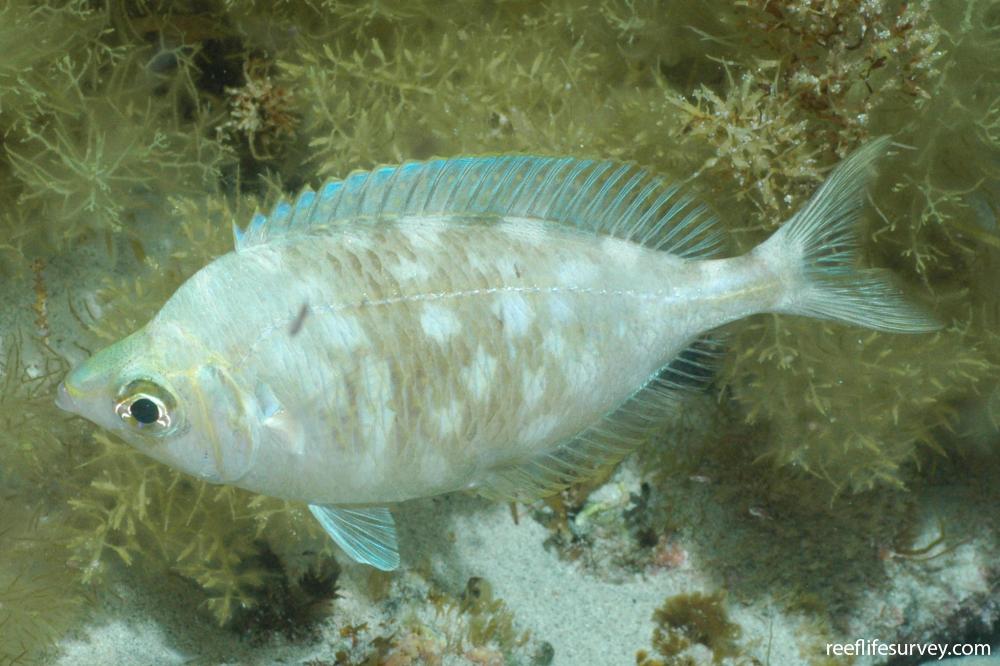Parequula melbournensis
SilverbellySimilar Species
Distribution
Temperate Australasia
Description
Differs from most other fishes in the family in having the first spines in the dorsal fin relatively short rather than elevated. The species is abundant on soft sediment in a variety of habitats, from sheltered estuaries to deep sandy bottom along the exposed coast. During the day they generally occur in schools, which disperse at night.
Information
Max Size: 22 cm
Sea Temperature Range: 13-22.8°C
Depth: 1-100m
Habitat Generalization Index: 8.05
Also referred to as the SGI (Species Generalisation Index), this describes the habitat niche breadth of the species. Species with values less than 15 are found in a relatively narrow range of reef habitat types (specialists), while those over 25 may be found on most hard substrates within their range (generalists). Learn more here.
Conservation and Rarity
IUCN Status: Not Evaluated
Occurrence: Frequent (11.7% of sites)
Occurrence describes how often the species is found on surveys within its distribution. It is calculated as the % of reef sites surveyed by RLS divers across all the ecoregions in which the species has been observed
Abundance: Few (3 per transect)
Abundance is calculated as the average number of individuals recorded per RLS transect, where present.
Edit by: GJ Edgar. 2008. Australian Marine Life. New Holland, Sydney






